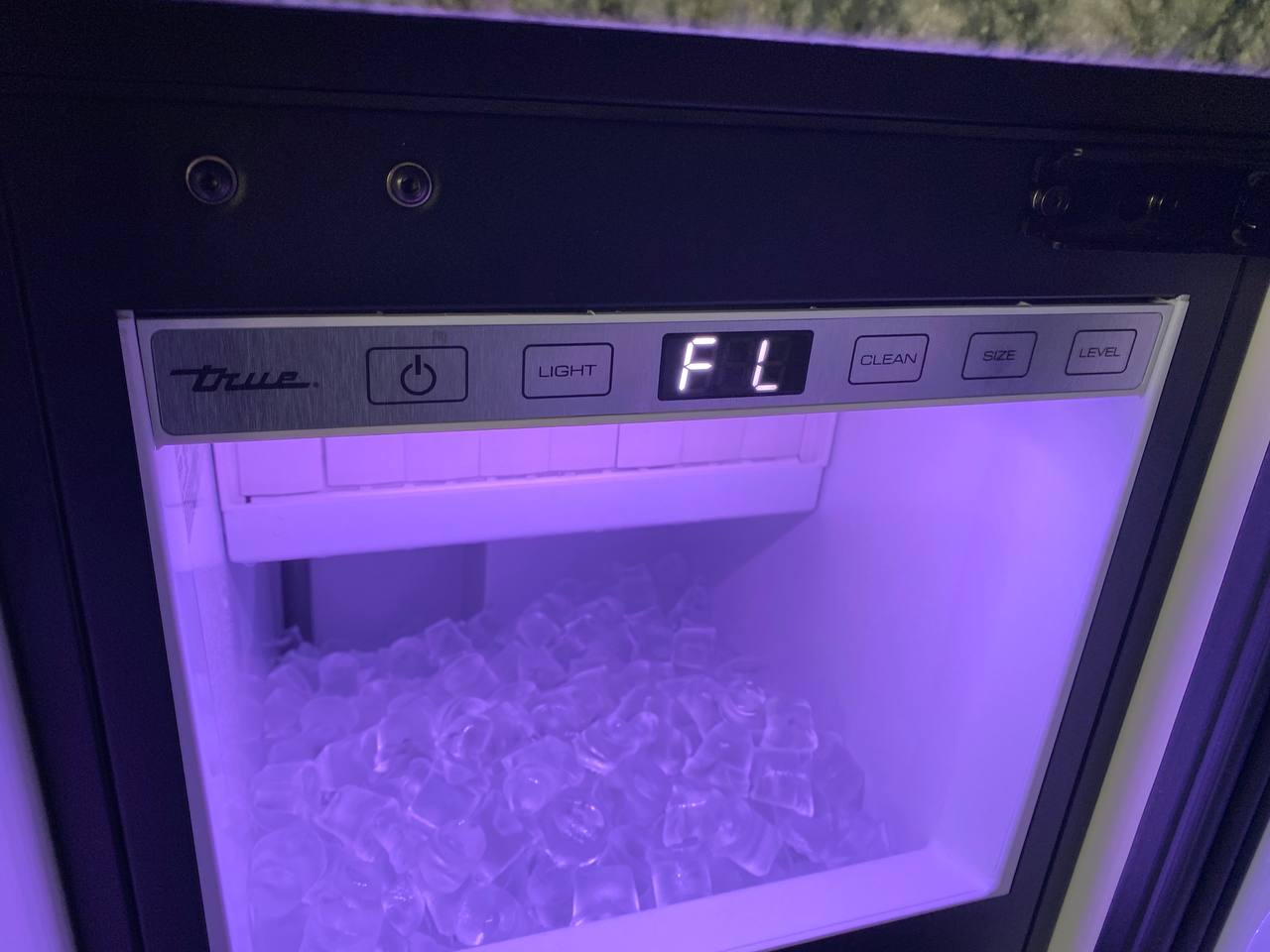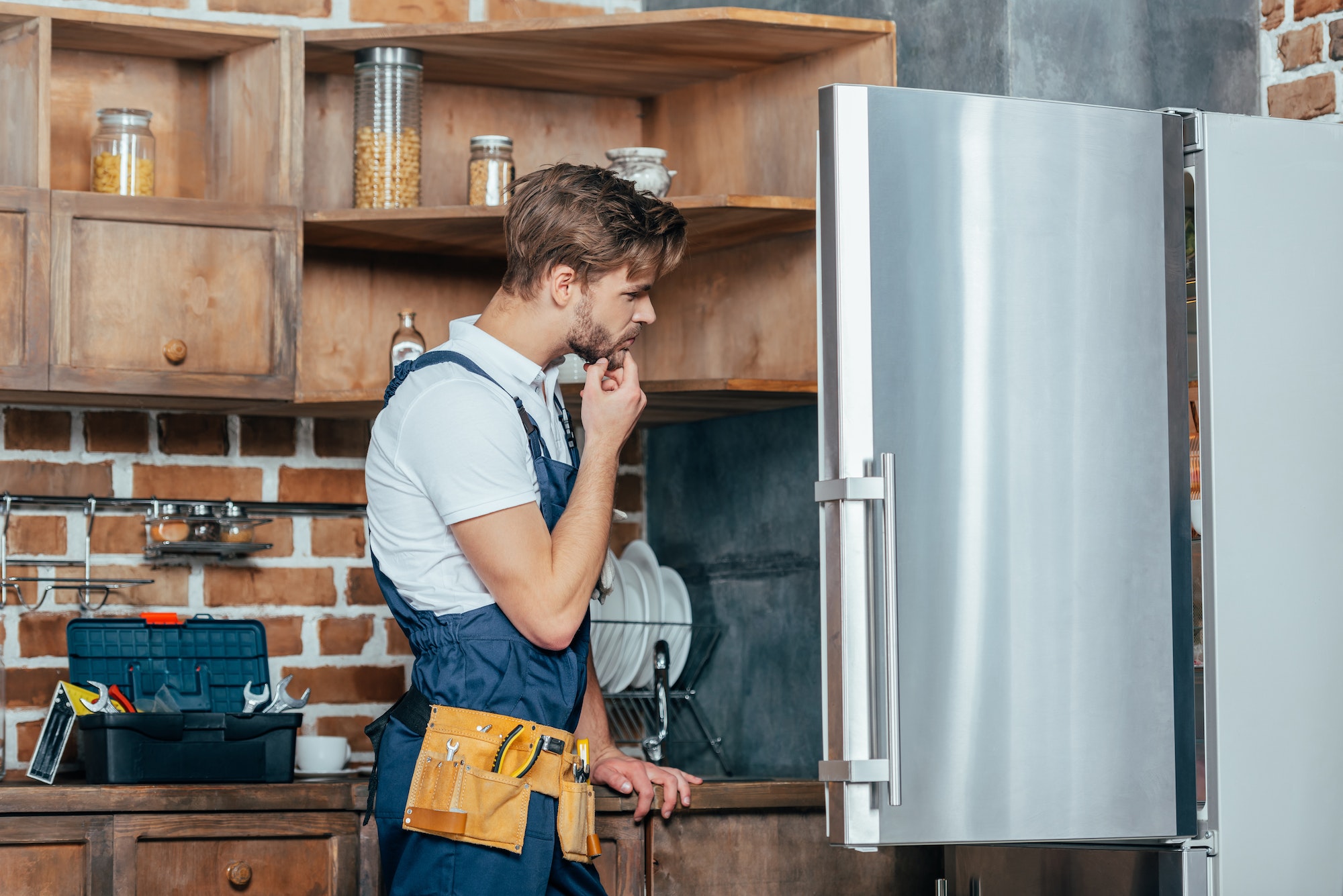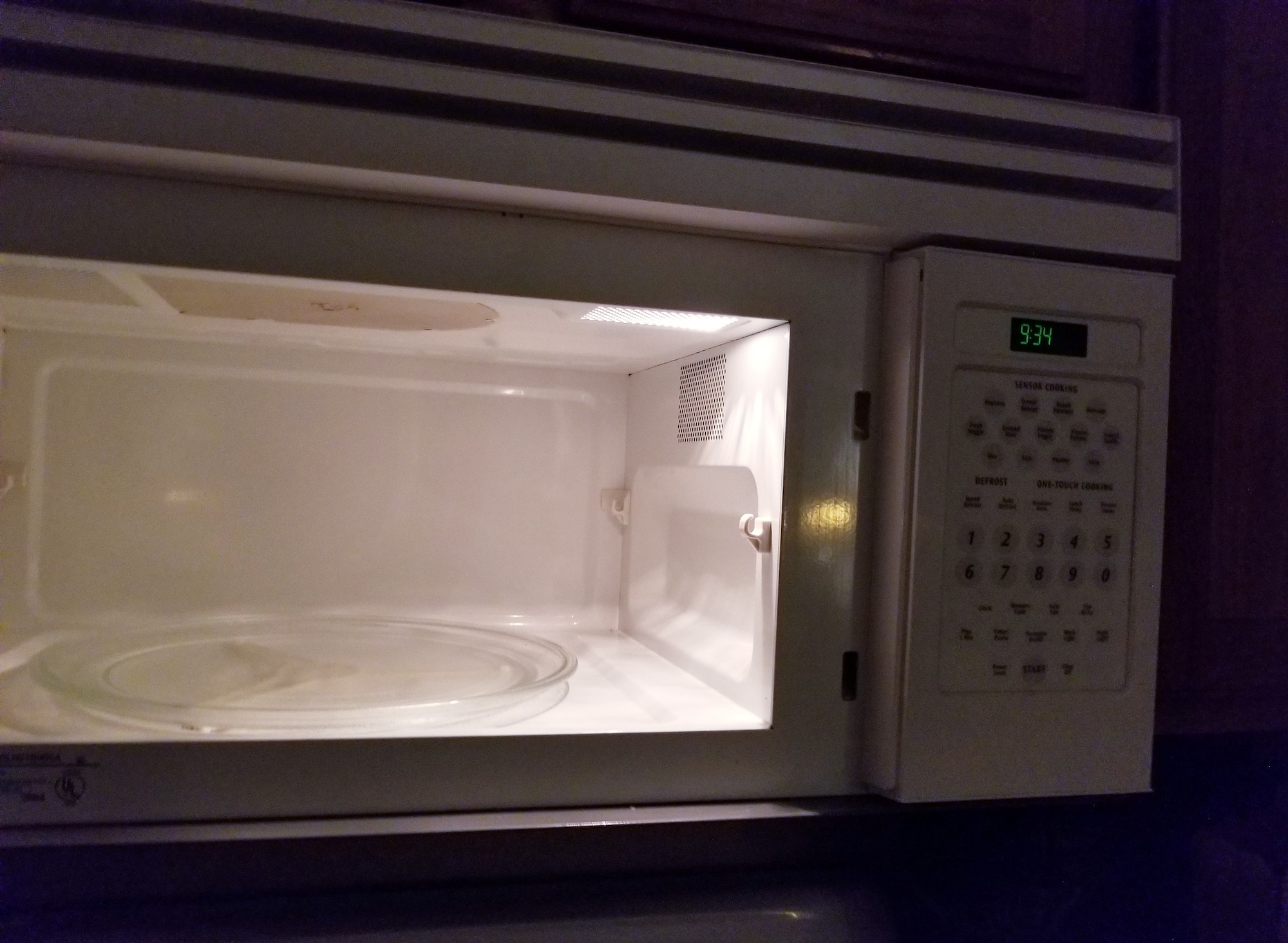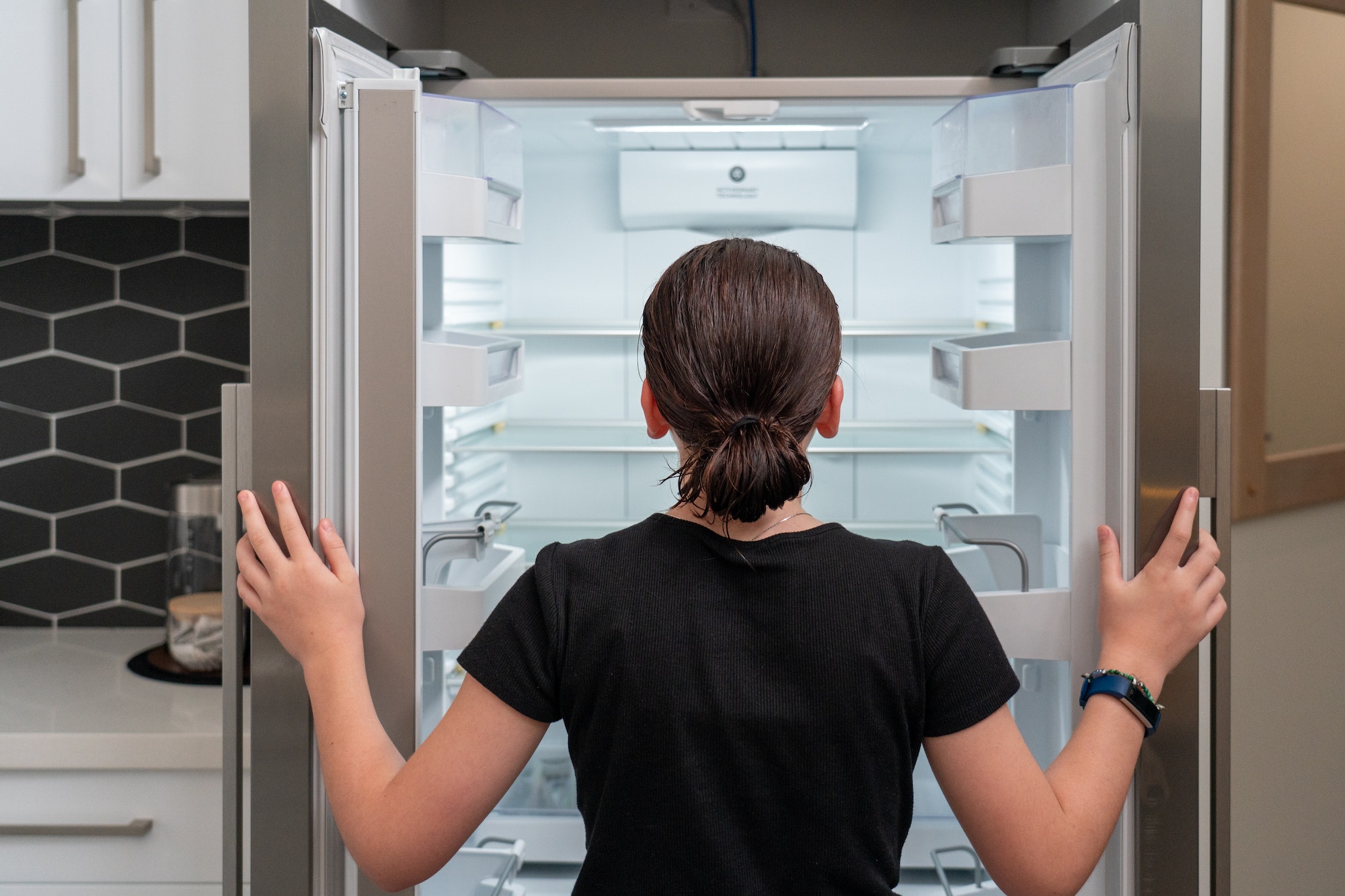
Your commercial I c e machine can be used for producing ice in a restaurant or other businesses .Most people say ice is ice but your ice machine should be producing cubed Ice or crushed Ice or nugget Ice or flaked Ice according to the make of the ice machine ,If your commercial ice machine is not producing the desired ice, below is a guide on how to overcome the common commercial ice machine problems like ;
- Commercial ice machine not making ice
- Commercial ice machine keeps freezing up
- Commercial ice machine Is Too Warm
- Commercial ice machine water flow issues
- Commercial ice machine Leaks Water
Commercial Ice Machine Troubleshooting Steps
Ice is made either by batch process: In batch ice machines, water is poured into individual molds, frozen until solid, and then released into a storage bin. This method is common in smaller, household ice makers, offering convenience and ease of use, or by;
Continuous Process: On the other hand, continuous ice machines constantly produce ice by circulating water over a cooled surface, forming a layer of ice that is then harvested and broken into desired shapes. This method is prevalent in commercial settings due to its efficiency and high output capacity.
To overcome challenges encountered whilst using your Commercial ice machine ,The guide below should come in handy;
- No Ice Production:
Check water supply: Ensure the water line is connected and open. - Ice Quality Issues:
- Machine Overheating:
- Electrical Problems:
- Unusual Noises:
Contact a certified technician for further assistance if any of the above problems persist.
Some ice machine brands whose repair we handle : Hoshizaki ice machines, Scotsman ice machines, Koolaire ice machines, True ice machines, Manitowoc ice makers, Ice-o-Matic ice machines, etc.
Common Ice Machine Problems
When your commercial ice machine starts displaying the following problems; You might want to call a Commercial ice machine repair service near me.
- Lack of Power
The first thing to check when your ice machine is not working is the power source. Ensure that the machine is properly plugged in and that the power outlet is functioning especially in instances of ice machine under the counter, check for any tripped circuit breakers or blown fuses that may be affecting the power supply to the ice machine. - Water Supply Issues
Ice machines require a consistent supply of water to produce ice. If your ice machine is not working, check the water supply to ensure that it is connected and turned on. Inspect the water inlet valve for any clogs or blockages that may be preventing water from flowing into the machine. - Dirty Condenser Coils
Over time, dust, dirt, and debris can accumulate on the condenser coils of your ice machine, leading to reduced efficiency and poor performance. Inspect the condenser coils and clean them using a soft brush or vacuum to remove any buildup that may be hindering the cooling process. - Malfunctioning Thermostat
A faulty thermostat can cause your ice machine to malfunction or produce ice inconsistently. Test the thermostat of your ice machine using a multimeter to determine if it is functioning correctly. If the thermostat is defective, consider replacing it to restore proper functionality to your ice machine. - Ice Maker Components
Inspect the various components of your ice machine, including the ice maker assembly, water pump, and evaporator plate, for any signs of damage or wear. Replace any worn-out or broken parts to ensure that your ice machine operates smoothly and efficiently. - Improper Installation
If your ice machine is a new installation or has recently been moved, ensure that it is properly leveled and aligned. Improper installation can cause issues with the ice production process and lead to malfunctions. Refer to the manufacturer’s instructions for guidelines on the correct installation of your ice machine.
At their core, ice machines operate on a relatively simple principle: they freeze water and then dispense it in various forms. However, within this simplicity lies a world of innovation and engineering. You can reach out to a local ice machine repair to properly diagnose it if facing any Commercial ice machine problems.
Tips to Maintain Your Commercial Ice Maker
Maintaining a commercial ice maker is essential for ensuring its longevity and efficiency. Here are some tips to help you keep your commercial ice maker in top condition:
- Tip 1: Regular Cleaning:
- Clean your ice maker regularly according to the manufacturer’s guidelines. This typically involves removing and sanitizing removable parts like the ice bin, ice scoops, and water distribution system. Use a mixture of warm water and mild detergent or a specialized ice machine cleaner.
- Tip 2: Sanitization:
- Regularly sanitize the ice maker to prevent the growth of bacteria and mold. Use a food-grade sanitizer approved for use in ice machines. Follow the instructions carefully to ensure proper sanitation.
- Tip 3: Filter Replacement:
- Replace the water filter according to the manufacturer’s recommendations. A clean filter helps maintain water quality and prevents mineral buildup in the ice maker, which can affect ice quality and machine performance.
- Tip 4: Inspect for Leaks:
- Check for any leaks in the water supply line, fittings, and connections. Even small leaks can lead to water damage and affect the performance of the ice maker.
- Tip 5: Monitor Ice Quality:
- Keep an eye on the quality of the ice produced by the machine. If you notice any unusual taste, odor, or discoloration in the ice, it could indicate a problem with the machine or water supply. Investigate and address the issue promptly.
- Tip 6: Ventilation:
- Ensure proper ventilation around the ice maker to prevent overheating. Clear any obstructions around the machine’s vents and allow for adequate airflow.
By following these tips, you can prolong the life of your commercial ice maker and ensure that it continues to produce high-quality ice for your business needs.








